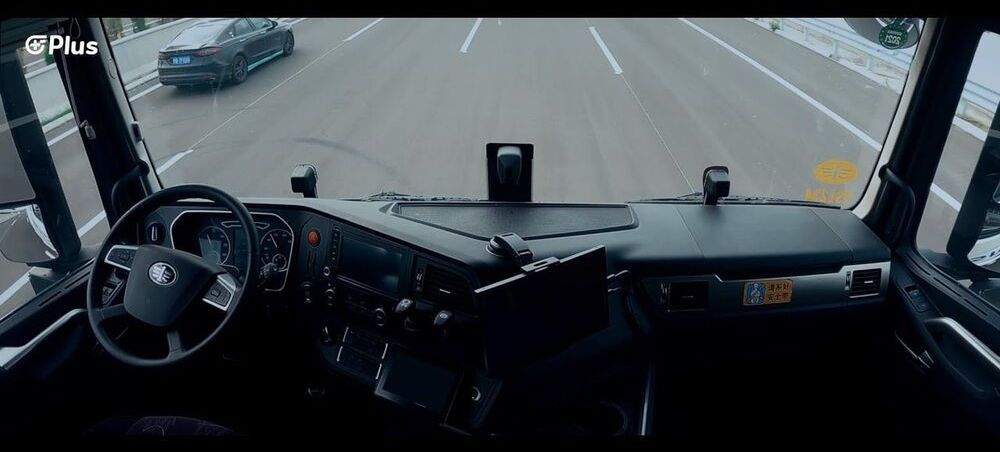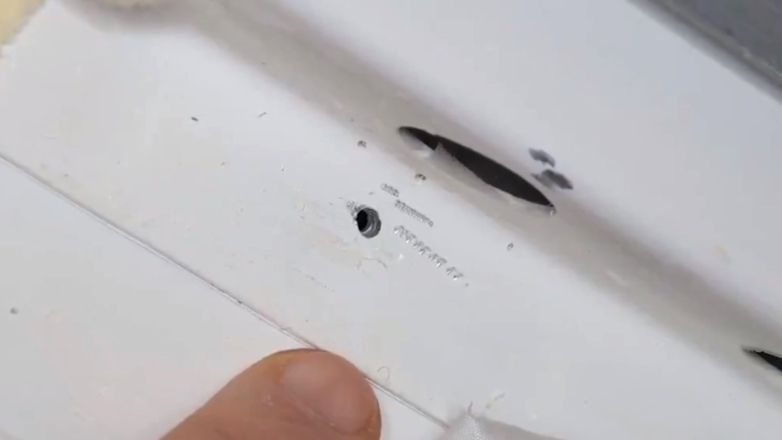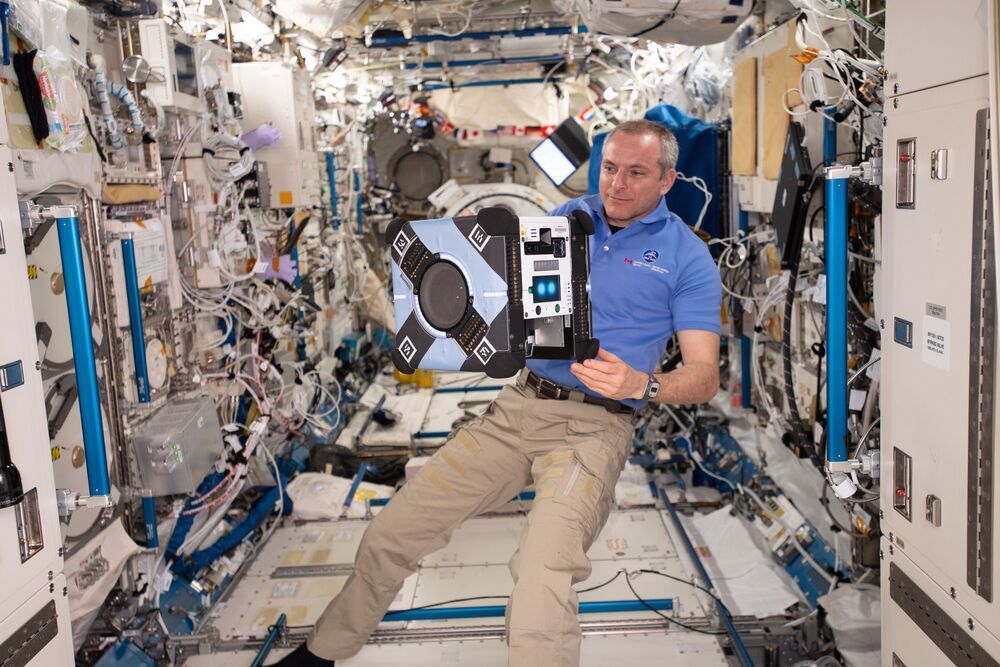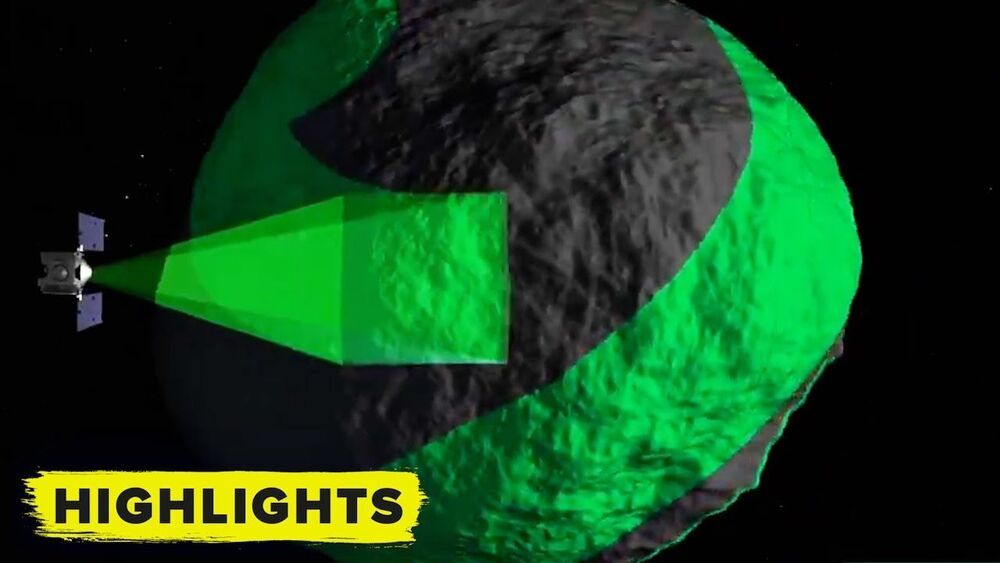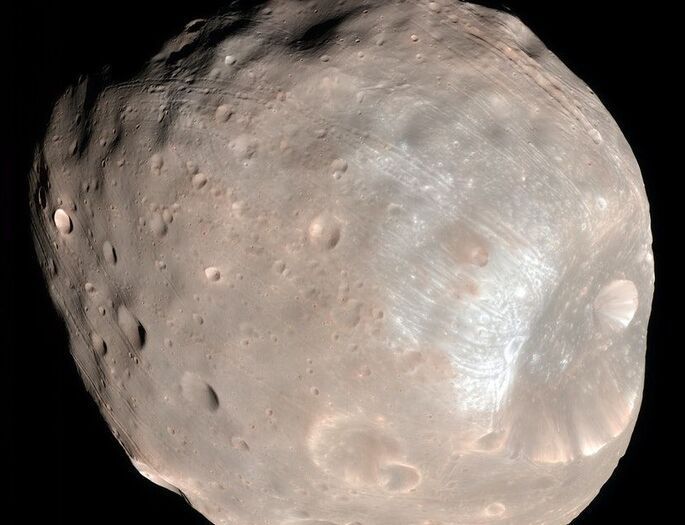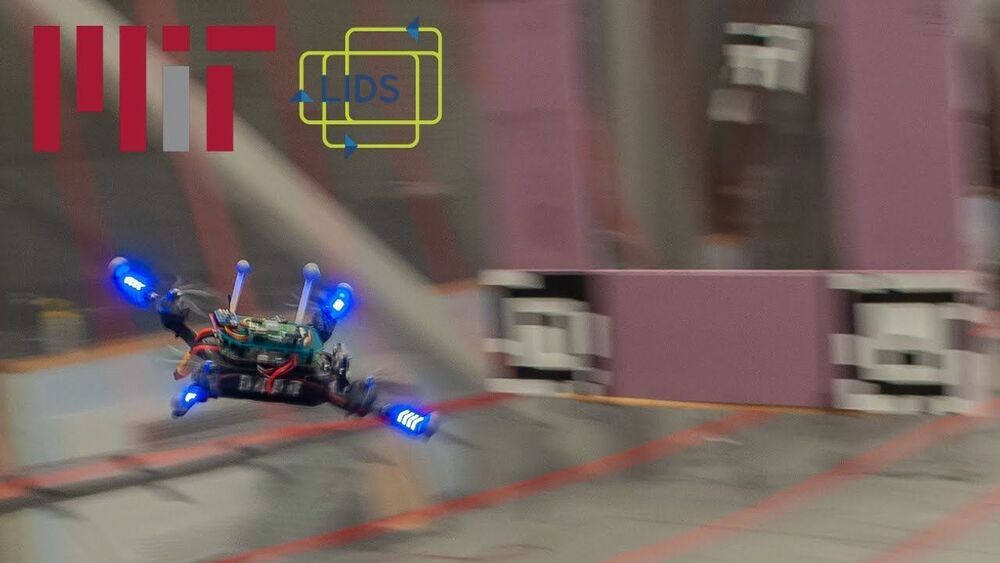We’ve reached out to the DearMoon team to clarify the details.
Another SpaceX mission aims to send civilians to space very soon. Known as Inspiration4, it plans to send humans to orbit aboard a SpaceX Crew Dragon, lifting off on top of a Falcon 9. It too is being bankrolled by a billionaire, Jared Isaacman, and it could fly before the end of the year.
Follow CNET’s 2,021 Space Calendar to stay up to date with all the latest space news this year. You can even add it to your own Google Calendar.


